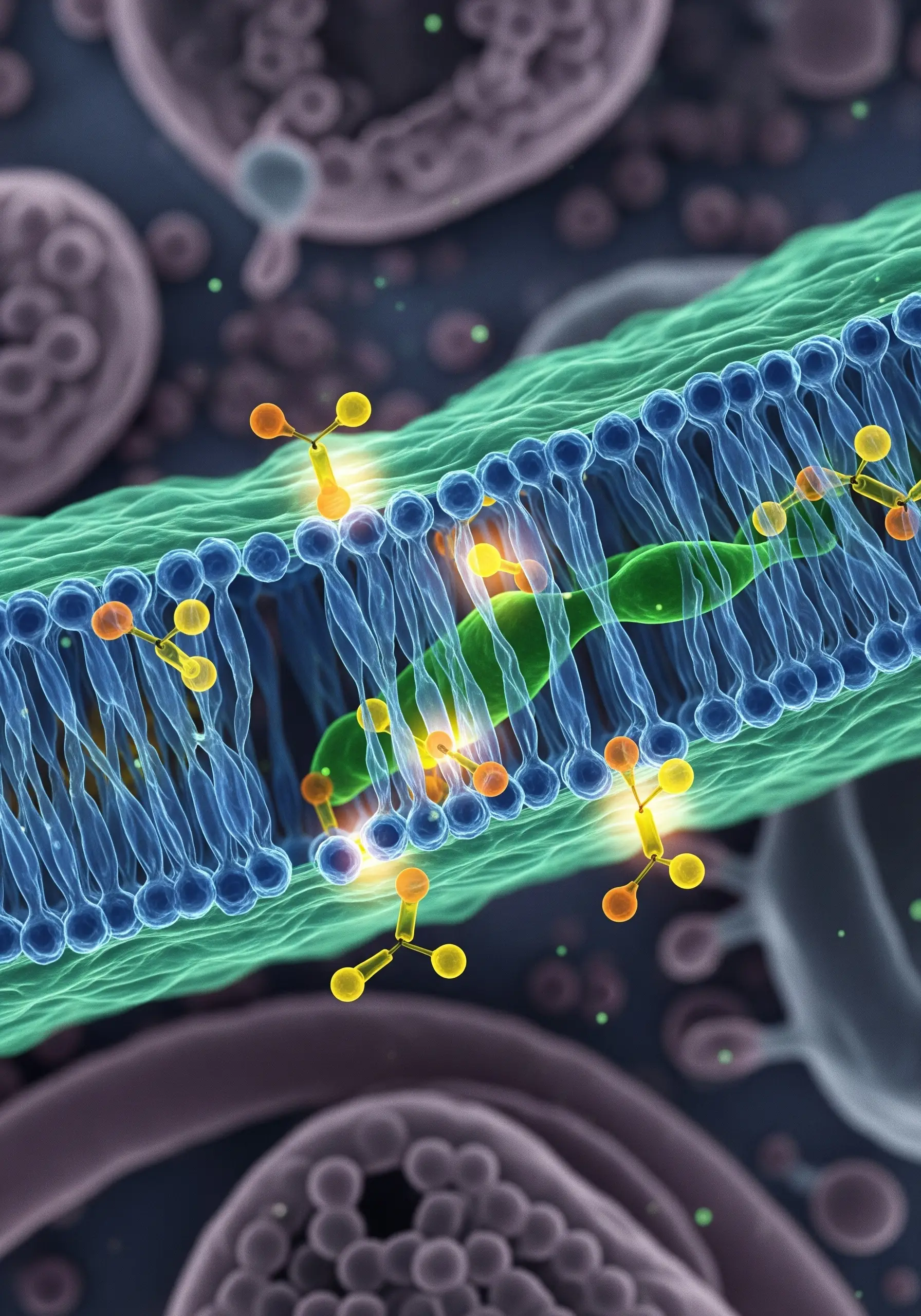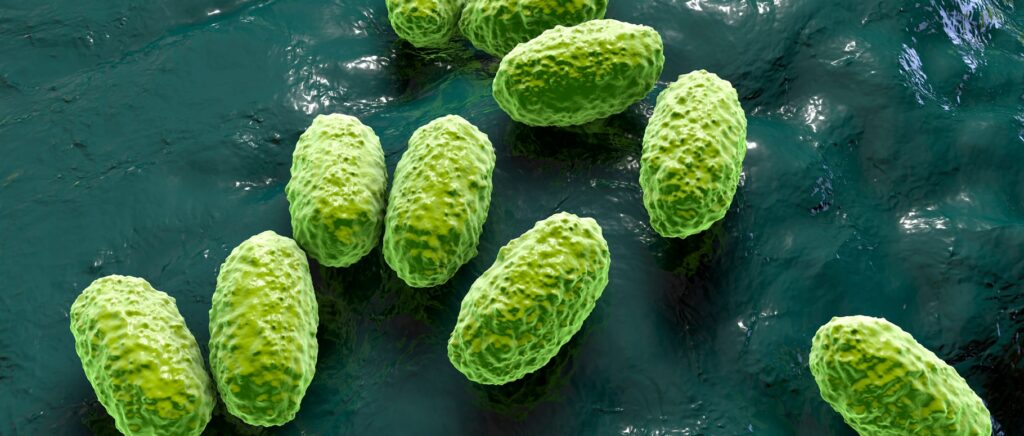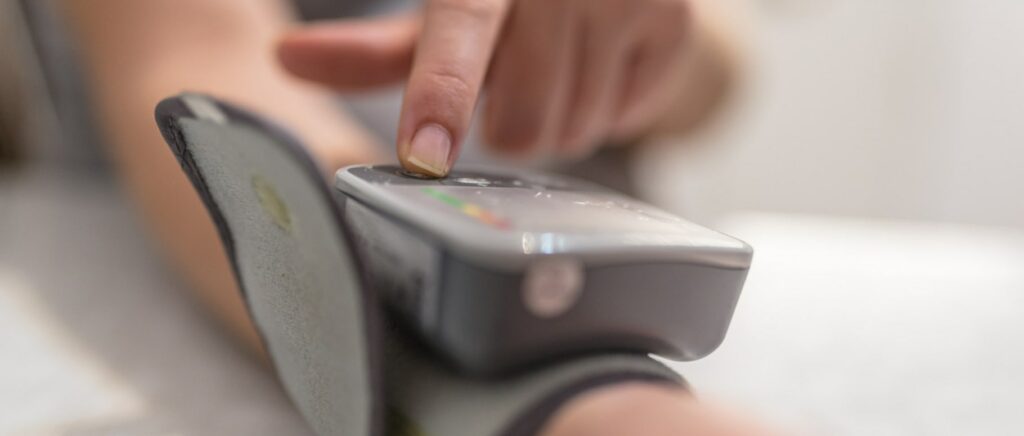

A new type of fatty acid that works as a natural “cell moisturizer” and a gentle metabolic regulator.
Introduction
We are used to omega-3 and omega-6, but there is another class of fatty acids — omega-7, which has recently attracted researchers’ attention.
Its main representative is palmitoleic acid (C16:1n-7), naturally present in the skin, adipose tissue, and mucous membranes.
Omega-7 acts as a signaling molecule that regulates inflammation, lipid metabolism, and epithelial health.
Its deficiency is associated with dry skin, mucosal cracking, insulin resistance, and age-related decline in sebaceous gland activity.
In autumn and winter, when the air is dry and the diet is low in fresh fats, omega-7 is exactly what the body needs for internal “cell hydration.”

Biological role of omega-7
Palmitoleic acid is a lipid messenger that affects genes responsible for fat metabolism and inflammation.
It activates PPAR-α and PPAR-γ receptors, which:
-
reduce triglycerides and LDL (“bad”) cholesterol;
-
increase insulin sensitivity;
-
lower inflammatory cytokines (IL-6, TNF-α);
-
stimulate sebum production and mucosal restoration.

This has been demonstrated in studies published in Lipids in Health and Disease (2024) — regular intake of omega-7 for 12 weeks increased skin hydration by 48% and reduced dryness of oral and ocular mucosa by 35%.
Table 1. Sources of omega-7
| Source | Palmitoleic acid content | Notes |
|---|---|---|
| Sea buckthorn oil | 25–40% | Richest source, strong effect on skin and mucosa |
| Macadamia oil | 15–25% | Gentle action, well absorbed |
| Marine fats (anchovy, salmon) | 10–15% | Also contain omega-3 |
| Animal liver | 5–10% | Lower amounts of beneficial isomers |
| Supplements (palmitoleic acid 210–420 mg) | — | Best bioavailability |

Omega-7 and metabolic health
Unlike omega-6, omega-7 does not increase inflammation. On the contrary, it acts as a “lipid of peace.”
A study by Harvard School of Public Health (2023) showed that people with higher plasma omega-7 levels had a 35% lower risk of metabolic syndrome.
Mechanisms:
-
inhibition of the SCD-1 enzyme, which promotes the synthesis of harmful saturated fats;
-
activation of AMPK — the cell’s energy sensor that reduces fat accumulation;
-
reduction of oxidative stress in the liver.
Omega-7 for skin and mucous membranes
A unique property of palmitoleic acid is its ability to integrate into the epidermal lipid layer.
It:
-
supports skin hydration;
-
reduces flaking, irritation, and redness;
-
stimulates regeneration after burns or dermatitis;
-
maintains elasticity of lips, eyes, and nasal mucosa.
A study in Clinical Dermatology, 2025 showed that after 8 weeks of taking sea buckthorn oil (500 mg/day), the skin becomes more elastic, and TEWL (transepidermal water loss) decreases by 28%.
Table 2. Benefits of omega-7 across body systems
| System | Benefit | Optimal dosage |
|---|---|---|
| Skin and mucosa | Epithelial repair, hydration | 420–500 mg/day |
| Metabolism and weight | Improved insulin sensitivity | 210–350 mg/day |
| Cardiovascular system | Lower triglycerides | 420 mg/day |
| Gastrointestinal tract | Reduced mucosal inflammation | 300 mg/day |

FAQ
1. How is omega-7 different from omega-3?
Omega-3 reduces systemic inflammation, while omega-7 works locally — in the skin, mucosa, and liver. They combine very well.
2. Who should take omega-7?
People with dry skin, dry eye syndrome, chronic dermatitis, insulin resistance, or diets low in fats.
3. Can it be taken together with omega-3?
Yes, a 1:3 ratio (omega-7 to omega-3) gives optimal benefits for skin and blood vessels.
4. How long is the course?
4–8 weeks for skin improvement, up to 3 months for metabolic issues.
5. Can omega-7 be obtained from food alone?
Theoretically yes, but food concentrations are low. Clinical benefits require standardized supplements.
Conclusions
Omega-7 is a “forgotten” fatty acid that deserves a place alongside omega-3 and vitamin D3.
It acts as an “internal cream” for the skin and mucosa while also normalizing lipid and glucose metabolism.
Regular omega-7 intake in winter is not only about aesthetics — it provides protection for the heart, liver, and skin against internal dehydration and aging.
References
-
Yang, Z. et al. Lipids in Health and Disease, 2024 — “Palmitoleic acid and skin hydration: a randomized trial.”
-
Mozaffarian, D. et al. Harvard HSPH Report, 2023 — “Plasma omega-7 levels and metabolic health.”
-
Larmo, P. et al. Clinical Dermatology, 2025 — “Sea buckthorn oil and epithelial regeneration.”
-
Lee, S. H. Nutrients, 2024 — “Palmitoleic acid: regulation of inflammation and insulin sensitivity.”
-
EFSA, 2025 — “Safety assessment of omega-7 fatty acids.”



